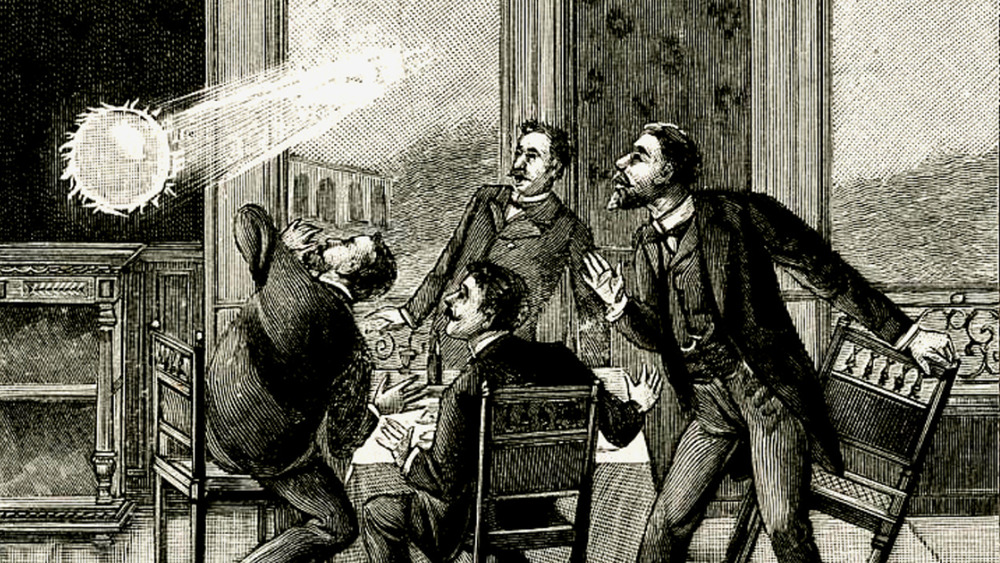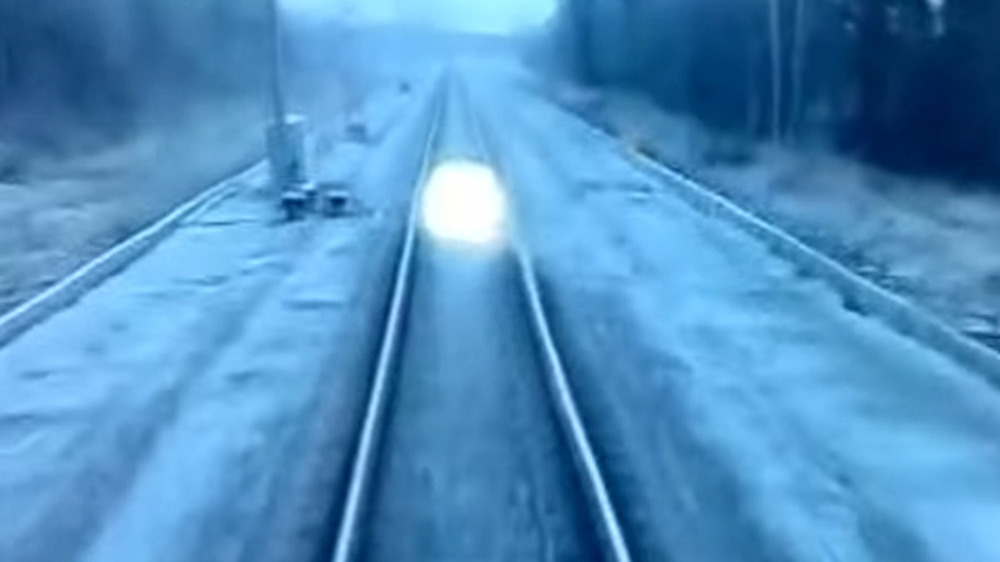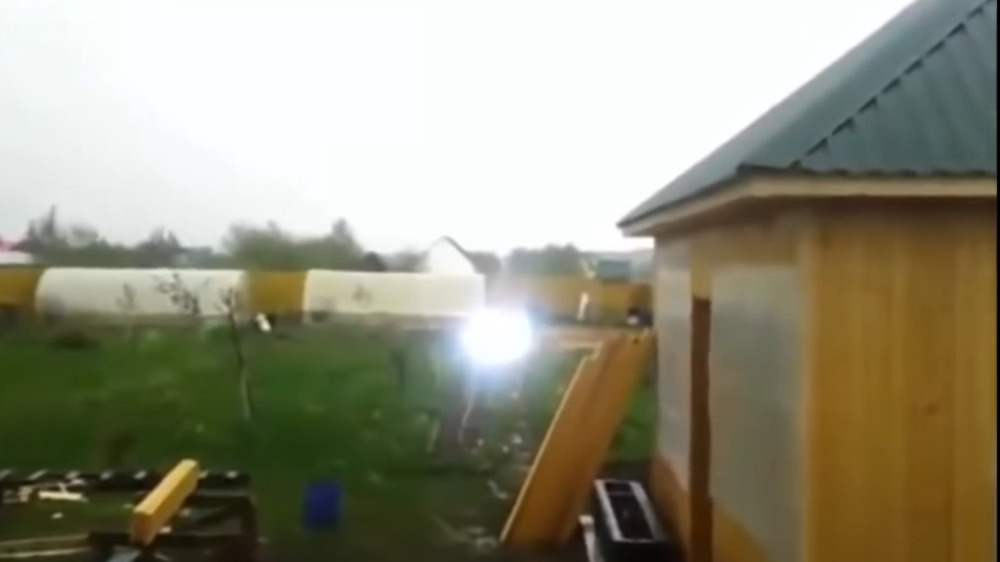What Is Ball Lightning?
Have you ever seen ball lightning? No? You're not alone. The natural phenomenon is rare and, when seen, appears as a bright ball of light that moves horizontally across the sky before disappearing. According to National Geographic, some witnesses have reported hearing a hissing sound and bad odor that's sometimes described as sulfuric.
It's one of the most rare types of lightning (and may not be lightning at all, but more on that later). In fact, despite reports of ball lightning going back to ancient Greece, there are some present-day scientists who doubt it even exists.
Ball lightning has been captured on film many times, but the skeptics among us have often attributed the bright ball of light in the sky to photo overexposure (doesn't really explain the Greece thing, though, does it). Until 2002, when Chinese scientists caught an occurrence on film, we weren't really sure what ball lightning was even made of.
The truth is, we still aren't, but according to WMC5, those scientists used a spectrograph — basically a scientific device used to split light into wavelengths that can then be analyzed — and discovered something very interesting.
What's inside ball lightning?
That Chinese spectrograph was able to detect that the ball contained elements of soil inside. That backed up what some other scientific types had long-posited: that lightning strikes acting kind of like laser beams hit and immediately vaporize chemicals inside soil, creating a reaction with surrounding oxygen.
Meanwhile, Vladimir Torchigin, a Russian researcher, published a peer-reviewed paper in 2019 that offers a slightly different take. According to EarthSky, Torchigin suggests (via Research Gate) the process may begin with photons (the smallest units of light) that get trapped inside air bubbles. Now, don't panic, but we're going to touch on some physics next.
Torchigin's theory is actually rooted in an earlier one that supposes "as any particle absorbs and emits electromagnetic radiation, there is a recoil." In this scenario, a lightning strike rattles the air particles around it, which absorb and then emit electromagnetic radiation. Normally, this isn't something the eye can detect, but if there were a layer of air covering this reaction (picture a soap bubble floating on some water), the dome created by that air would act like a lens, intensifying the light and compressing the air, which then gets pushed to edges where those photons (remember those?) would become concentrated, creating the effect we know as ball lightning.
So what is ball lightning?
For all the scientific research, published papers, and physics we made you wrap your brain around (sorry about that), the funny thing is, we still can't really prove any of this. That's despite the fact that, as National Geographic reports, scientists have been able to come fairly close to replicating the phenomenon in the lab.
Scientists at the University of Tel Aviv used something called a "microwave drill" (awesome) made of "600-watt magnetron taken from a domestic microwave oven" that used a "powerful microwave beam to bore through solid objects." The beam hit the object, superheating it, and when the beam was pulled away, it created a "fire column" that then collapsed into a ball, recreating a phenomenon similar to what witnesses have described.
So was that ball lightning? We still don't know. And while scientists can't agree on the existence of ball lightning, we can all agree that boring through things with a microwave beam is objectively cool — even if the only thing we know for sure is that we'll never figure out all of nature's mysteries.


